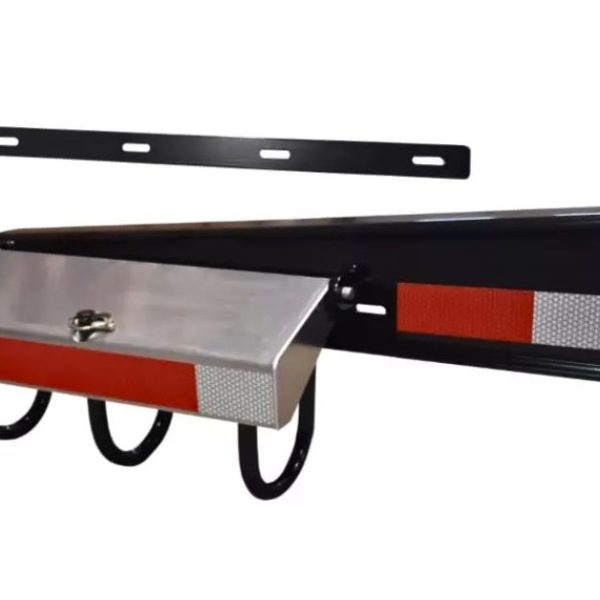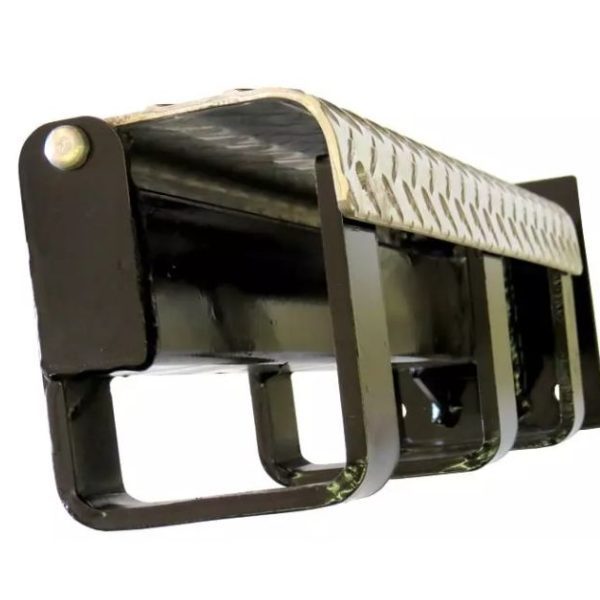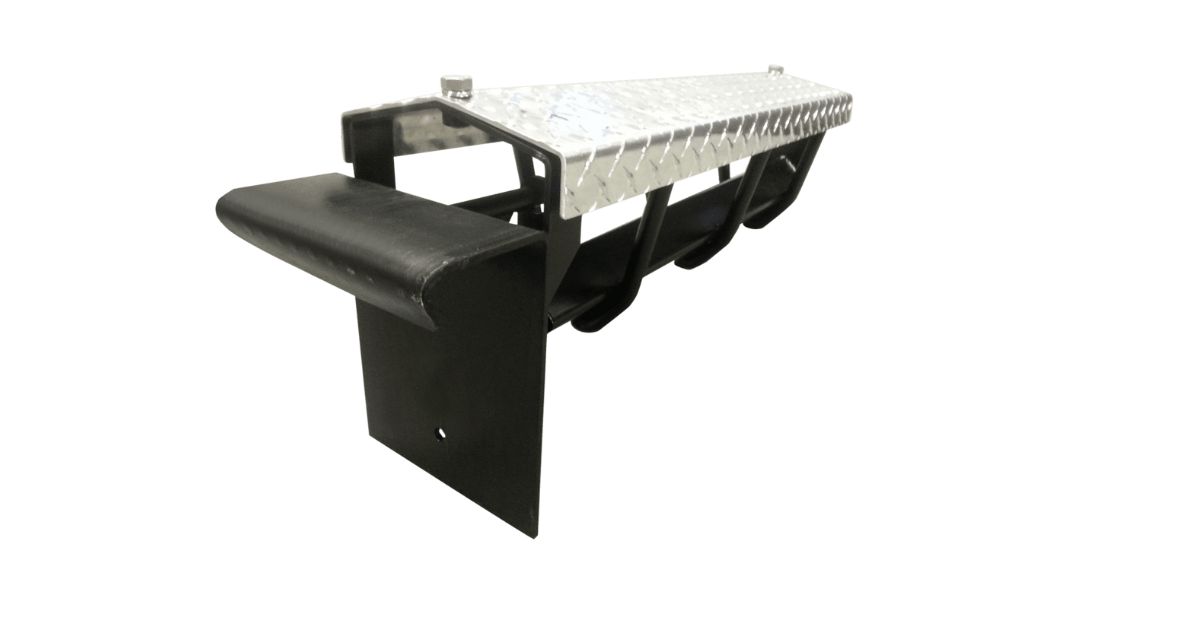Winter driving can make routine hauls treacherous. Tire chains are essential for maintaining traction and control on snowy, icy roads, but storing these heavy, bulky items is a challenge. Tire chain hangers offer a secure and accessible storage solution, keeping your chains organized and ready for deployment when you need them most.
These specialized mounting brackets hold chains on your truck’s frame or body, protecting them from road debris and corrosion while ensuring they are easily accessible in an emergency. Knowing how to properly install tire chain hangers on your truck pays dividends in efficiency, safety, and peace of mind throughout the winter season.
Essential Tools and Materials
Before beginning the installation process, gathering the right tools ensures a smooth and professional outcome. Most tire chain hanger installations require basic hand tools that experienced truck drivers typically have in their toolkits. However, having everything prepared beforehand prevents frustrating interruptions during the installation process.
Basic Hand Tools
A socket set with various sizes accommodates different bolt specifications across truck models. Most installations require sockets ranging from 10mm to 19mm, though checking your specific hanger manufacturer’s requirements prevents guesswork. A reliable ratchet handle with extensions allows access to tight spaces around the truck frame where hangers typically mount.
Wrenches provide backup support when sockets cannot reach certain areas. Having both metric and standard sizes covers most installation scenarios. A torque wrench becomes essential for achieving manufacturer-specified tightening requirements, ensuring hangers remain secure under road vibrations and loading stresses.
Specialized Equipment
A drill with metal-cutting bits may be necessary if your truck lacks pre-existing mounting points. High-quality bits designed for steel cutting produce clean holes and extend bit life. Center punches help mark precise drilling locations and prevent bits from wandering during initial penetration.
Safety glasses protect your eyes from metal shavings and debris during drilling operations. Work gloves provide grip and protect hands from sharp edges on both hangers and truck frames. A magnetic parts tray keeps small bolts and washers organized and prevents them from disappearing into hard-to-reach areas.

Step-By-Step Installation Process
Knowing how to properly install tire chain hangers on your truck begins with careful planning and precise execution. Taking time to accurately position hangers ensures optimal accessibility while maintaining ground clearance and avoiding interference with truck operations.
Positioning and Marking
Start by determining the ideal mounting location for each hanger. Consider the size and weight of your tire chains, ensuring hangers position chains for easy removal without requiring excessive lifting or awkward positioning. The mounting location should provide adequate clearance from moving parts, exhaust components, and areas subject to road debris impact.
Hold each hanger in its intended position and mark the mounting holes with a center punch or marker. Double-check measurements to ensure hangers align properly and maintain consistent spacing. Verify that mounted hangers will not interfere with trailer connections, landing gear operation, or other truck functions.
Creating Mounting Points
If your truck frame lacks pre-drilled holes, create mounting points using appropriate drill bits. Start with a smaller pilot hole to ensure accuracy, then enlarge to the final size specified by your hanger manufacturer. Remove all metal shavings and burrs from drilled holes to prevent corrosion and ensure proper bolt seating.
Clean the mounting area thoroughly, removing any dirt, grease, or rust that could compromise the connection. Apply a thin coat of anti-seize compound to bolt threads and mounting surfaces to prevent galvanic corrosion and facilitate future removal if necessary.
Securing the Hangers
Install hangers using the hardware provided, following manufacturer torque specifications precisely. Under-tightening allows hangers to loosen under vibration, while over-tightening can strip threads or crack mounting brackets. Use a torque wrench to achieve consistent and appropriate tightening across all mounting bolts.
Apply thread-locking compound to bolt threads if specified by the manufacturer or if your truck operates in high-vibration conditions. This prevents gradual loosening while still allowing future removal with standard tools.
Critical Safety Considerations
Safety takes precedence throughout the installation process and extends to long-term use of tire chain hangers. Proper attention to safety details protects both the installer and other road users while ensuring reliable equipment performance.
Personal Protection
Always wear appropriate safety equipment when installing tire chain hangers. Safety glasses prevent eye injury from metal particles and chemical splashes. Work gloves protect hands from cuts and provide better grip on tools and components. Steel-toed boots offer foot protection in case you drop heavy components during installation.
Work on level ground whenever possible to prevent tools and parts from rolling away. Use proper lighting to clearly see mounting points and hardware. Poor visibility leads to mistakes that compromise installation quality and safety.
Structural Integrity
Verify that your chosen mounting points can support the combined weight of hangers and fully loaded tire chains. Truck frames provide the strongest mounting locations, but body panels and auxiliary brackets may also work depending on hanger design and chain weight.
Avoid mounting hangers near fuel lines, electrical components, or hydraulic systems where damage could create serious safety hazards. Maintain adequate clearance from exhaust components to prevent heat damage to hangers or chains.

Long-Term Maintenance Requirements
Proper maintenance extends the service life of tire chain hangers and ensures reliable performance when you need them most. Regular inspection and basic care prevent minor issues from becoming major problems.
Regular Inspection Schedule
Inspect hangers monthly during winter season and quarterly during warmer months. Look for loose bolts, cracked brackets, or signs of excessive wear. Pay particular attention to areas where hangers contact the truck frame, as movement can indicate loosening hardware.
Check that chains remain properly secured in hangers and have not shifted during transport. Loose chains can damage hangers or fall from the truck, creating road hazards for other vehicles.
Preventive Care
Keep hangers clean and free from accumulated road salt, dirt, and debris. These contaminants accelerate corrosion and can interfere with proper chain mounting and removal. Apply appropriate rust-preventive treatments to maintain appearance and structural integrity.
Lubricate any moving parts according to manufacturer recommendations. Some hanger designs include pivot points or adjustment mechanisms that benefit from periodic lubrication to maintain smooth operation.
Maximizing Your Investment
Proper installation and maintenance of tire chain hangers is a smart investment in your trucking operation’s efficiency and safety. Well-mounted hangers keep your chains organized, accessible, and protected from damage while contributing to your professional image.
Star Fabrication offers an extensive range of tire chain holders designed to meet the diverse needs of transportation professionals. Our products combine durability with practical design features that simplify both installation and daily use. With our tire chain systems, you can optimize your storage and stay prepared regardless of the weather. Browse our selection to learn more!


No comments yet.